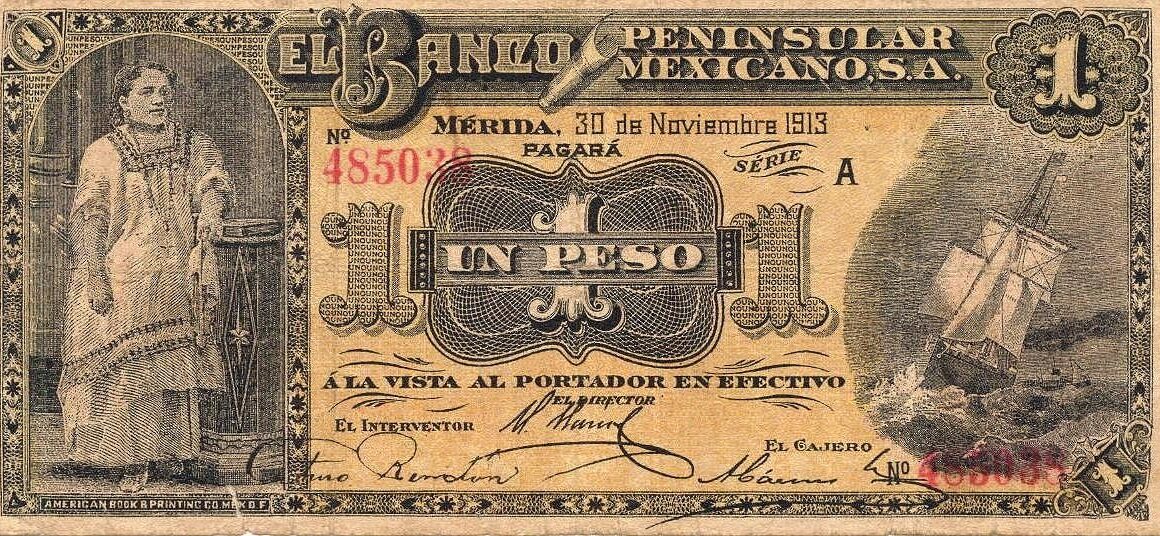Imagine your business as a well-oiled machine. To keep it running smoothly and avoid grinding to a halt, you need more than just sales and profits – you need effective liquidity management. This crucial process ensures you have enough cash on hand to meet your short-term obligations, seize opportunities, and weather unexpected storms. Without it, even profitable companies can face crippling cash crunches and potential insolvency. Let’s dive into the world of liquidity management and explore how you can optimize your business’s financial health.
What is Liquidity Management?
Defining Liquidity and Liquidity Management
Liquidity refers to the ease with which an asset can be converted into cash without significantly affecting its market price. Liquidity management, therefore, is the process of ensuring a company has sufficient liquid assets to meet its short-term liabilities and obligations as they come due. It’s about balancing the need to invest in profitable ventures with the necessity of maintaining readily available cash.
Why is Liquidity Management Important?
Effective liquidity management is paramount for several reasons:
- Meeting Obligations: Ensures timely payment of suppliers, salaries, rent, and debt obligations.
- Operational Efficiency: Avoids disruptions to daily operations caused by cash shortages.
- Investment Opportunities: Provides the financial flexibility to capitalize on favorable investment opportunities.
- Creditworthiness: Demonstrates financial stability, enhancing a company’s credit rating and access to financing.
- Financial Stability: Acts as a buffer against unexpected expenses or revenue declines.
- Investor Confidence: Maintains investor trust and confidence in the company’s long-term viability. A study by the Association for Financial Professionals (AFP) found that companies with strong liquidity management practices are viewed more favorably by investors and creditors.
Key Components of Liquidity Management
- Cash Flow Forecasting: Predicting future cash inflows and outflows.
- Working Capital Management: Optimizing the management of current assets (e.g., accounts receivable, inventory) and current liabilities (e.g., accounts payable).
- Short-Term Borrowing: Utilizing lines of credit or other short-term financing options to cover temporary cash shortfalls.
- Investment of Excess Cash: Strategically investing surplus cash in liquid assets to generate returns.
Techniques for Effective Liquidity Management
Cash Flow Forecasting
Cash flow forecasting is the cornerstone of liquidity management. It involves projecting future cash inflows (e.g., sales revenue, investment income) and cash outflows (e.g., expenses, debt payments). Accurate forecasts enable businesses to anticipate potential cash surpluses or deficits, allowing them to proactively adjust their financial strategies.
- Direct Method: Projects cash flows based on actual cash receipts and disbursements. More accurate but time-consuming.
- Indirect Method: Starts with net income and adjusts for non-cash items and changes in working capital. Simpler to prepare but less precise.
- Example: A retail company uses historical sales data, seasonal trends, and planned marketing campaigns to forecast its monthly sales revenue. They then factor in expected expenses like rent, utilities, and payroll to project their net cash flow for the next quarter. If the forecast indicates a potential cash shortage in July due to a seasonal dip in sales, the company can plan to secure a short-term loan or delay certain capital expenditures.
Working Capital Management
Working capital is the difference between a company’s current assets and current liabilities. Efficient working capital management involves optimizing the levels of these components to minimize funding costs and maximize profitability.
- Accounts Receivable Management: Implement credit policies, invoice promptly, and follow up on overdue payments to accelerate cash inflows. Offering early payment discounts can incentivize customers to pay invoices faster.
- Inventory Management: Optimize inventory levels to avoid stockouts and minimize holding costs. Techniques like Just-in-Time (JIT) inventory management can help reduce storage costs and obsolescence. A 2023 study by Deloitte found that companies with optimized inventory management experience a 10-15% reduction in working capital.
- Accounts Payable Management: Negotiate favorable payment terms with suppliers to extend payment deadlines without damaging relationships. Taking advantage of early payment discounts when they outweigh the opportunity cost of holding cash.
Utilizing Short-Term Borrowing
When cash shortages are unavoidable, short-term borrowing can provide a temporary solution.
- Lines of Credit: Pre-approved loan agreements that allow a company to borrow funds up to a certain limit, repay them, and borrow again as needed. Provides flexibility and accessibility.
- Commercial Paper: Short-term, unsecured promissory notes issued by large corporations to raise funds.
- Factoring: Selling accounts receivable to a third party (the factor) at a discount to receive immediate cash.
- Example: A manufacturing company experiences a delay in receiving payment from a major client, causing a temporary cash shortfall. They access their line of credit to cover their immediate expenses until the payment is received, then promptly repay the borrowed funds.
Investing Excess Cash
When a company has surplus cash, it should be strategically invested in liquid assets to generate returns without compromising accessibility.
- Money Market Accounts: Low-risk, interest-bearing accounts offered by banks and financial institutions.
- Certificates of Deposit (CDs): Time deposits with fixed interest rates. Offer higher returns than money market accounts but require a longer commitment.
- Treasury Bills: Short-term debt obligations issued by the U.S. government. Considered very safe and liquid.
- Example: A software company has a significant cash surplus due to a successful product launch. They invest a portion of the excess cash in short-term Treasury bills to earn a modest return while maintaining easy access to the funds if needed for future investments or acquisitions.
Key Metrics for Monitoring Liquidity
Current Ratio
The current ratio measures a company’s ability to pay its short-term liabilities with its current assets.
- Formula: Current Assets / Current Liabilities
- Interpretation: A current ratio of 1 or higher generally indicates sufficient liquidity. A ratio significantly higher than 1 may suggest inefficient use of assets.
Quick Ratio (Acid-Test Ratio)
The quick ratio is a more conservative measure of liquidity, excluding inventory from current assets.
- Formula: (Current Assets – Inventory) / Current Liabilities
- Interpretation: A quick ratio of 1 or higher is generally considered healthy.
Cash Ratio
The cash ratio is the most conservative measure of liquidity, focusing solely on cash and cash equivalents.
- Formula: (Cash + Cash Equivalents) / Current Liabilities
- Interpretation: A cash ratio above 0.5 indicates a strong ability to meet immediate obligations.
Days Sales Outstanding (DSO)
DSO measures the average number of days it takes a company to collect payment from its customers.
- Formula: (Accounts Receivable / Total Credit Sales) x Number of Days in Period
- Interpretation: A lower DSO indicates faster cash collection and improved liquidity.
Days Payable Outstanding (DPO)
DPO measures the average number of days it takes a company to pay its suppliers.
- Formula: (Accounts Payable / Total Purchases) x Number of Days in Period
- Interpretation: A higher DPO indicates a longer time to pay suppliers, which can improve liquidity but may strain supplier relationships.
Common Liquidity Management Challenges
Inaccurate Forecasting
Unreliable cash flow forecasts can lead to poor financial decisions and liquidity problems.
- Solution: Implement robust forecasting processes, utilize historical data, consider multiple scenarios, and regularly review and update forecasts.
Poor Working Capital Management
Inefficient management of accounts receivable, inventory, and accounts payable can tie up cash and reduce liquidity.
- Solution: Implement efficient credit policies, optimize inventory levels, negotiate favorable payment terms, and streamline payment processes.
Over-Reliance on Short-Term Debt
Excessive reliance on short-term borrowing can increase financial risk and create liquidity pressures.
- Solution: Diversify funding sources, improve cash flow forecasting, and prioritize long-term financial stability.
Lack of Visibility
Insufficient visibility into cash positions and financial performance can hinder effective liquidity management.
- Solution:* Implement real-time monitoring systems, utilize data analytics, and establish clear reporting processes.
Conclusion
Effective liquidity management is not merely about having enough cash on hand; it’s about strategically managing cash flows, optimizing working capital, and making informed financial decisions to ensure long-term financial stability and growth. By implementing the techniques and monitoring the key metrics discussed in this guide, businesses can proactively manage their liquidity, mitigate financial risks, and capitalize on opportunities to thrive in today’s dynamic business environment. Ignoring liquidity management is like driving a car without a fuel gauge – you might reach your destination, but you’re far more likely to run out of gas along the way. So, make liquidity management a priority and steer your business toward sustained success.




